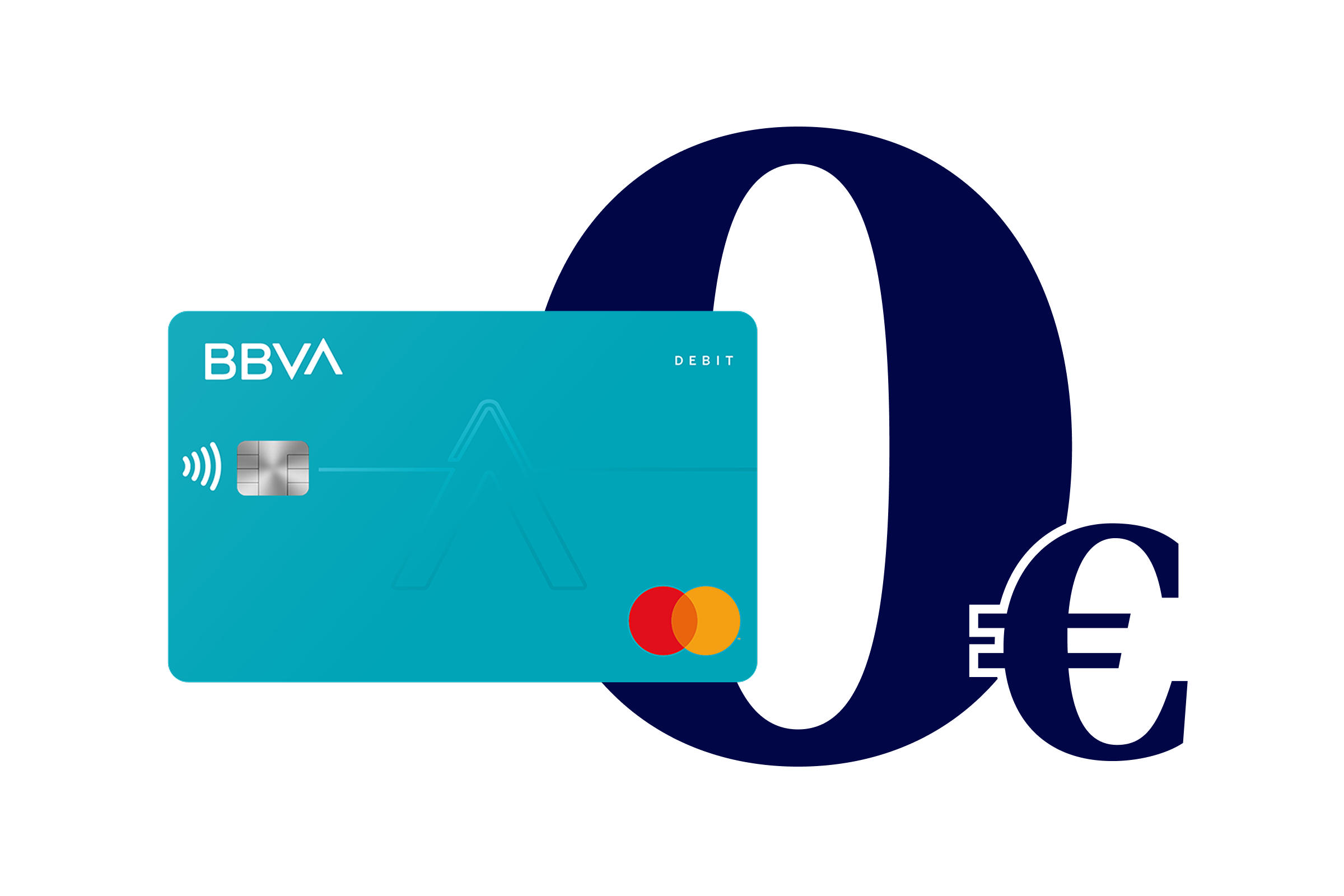Interest is a fundamental concept in the financial world that is of great importance to both borrowers and savers. We explain the most important terms related to interest and use examples to show how it is calculated.
Please note that all calculation examples refer to gross amounts, i.e. They do not take into account the applicable taxes and duties.
Verzinsung
Interest rate
The interest rate indicates what percentage of the invested or borrowed amount is charged as interest. It is represented by a percent sign (%), where “percent” means “out of one hundred.”
Example: An interest rate of 4% means that for every €100 you invest or borrow, you receive or pay €4 in interest.
interest p.a.
The abbreviation “p. a.“ stands for ”per annum“ and means ”per year."
Example: If you deposit €10,000 in a flexible fixed term deposit account, you will receive 2% interest p.a. For a period of 2 years, the following gross income results from annual payments: 10,000 €×0.02×2=€400.
Fixed interest rate
A fixed interest rate is an interest rate that is set for a specific period of time. It remains the same during this period.
Example: You take out a loan of €10,000 with a fixed interest rate of 5% p.a. for 5 years. That means that You pay the same interest rate every year, i.e. €500 in interest per year – a total of €2,500 over the term (if you pay interest only without repaying the loan amount).
Variabler Zinssatz
A variable interest rate is set in a loan or savings agreement and may change if the reference interest rate changes.
Example: You take out a loan of €10,000 with a variable interest rate that is currently 4% per annum. If the reference interest rate rises, your interest rate can, for example, rise to 5% p.a. or more. You then pay more interest. If the reference interest rate falls, your interest rate will fall, for example, to 3% p.a. You then pay less interest.
Credit interest
Banks offer interest on savings deposits. This may apply to the instant access savings account, the flexible fixed-term deposit account and, less commonly, as in the case of BBVA, to the current account as well.
Example: If you deposit 10,000 euros in a flexible fixed-fixed term deposit account, you will receive 2% interest per annum, if you pay out annually, you will receive €20 in interest after one year: €2,000×0.01=€20.
Your free current account, including a debit card
Compound interest
Compound interest means that the interest on an investment is compounded again. This means that you earn interest on your interest.
Example: If you invest €3,000 at an interest rate of 3% p.a., you will receive €90 in interest in the first year. In the second year, you will receive 3% interest p.a. on €3,090, which amounts to €92.70.
If interest is paid monthly, as with the BBVA current account, a slightly increased amount results due to the compound interest effect:
The interest rate of 3% p.a. corresponds to 0.25% per month (3% ÷ 12). That means that You will receive 0.25% interest on your current balance every month.
With a deposit of €3,000 you will receive in the first month: €3,000 × 0.25% = €7.50 interest.
This interest is credited to the account and compounded in the following month. At the end of the year, the gross interest income will be €91.27 instead of €90, and after 2 years it will be €94.02 instead of €92.70.
Gross interest
Annual Percentage Rate (APR)
The annual percentage rate (APR) shows you how much a loan or investment actually costs or yields per year – including all additional fees, costs or deductions such as taxes. For this reason, it is more realistic than the so-called nominal interest rate, which only indicates the pure interest rate without additional costs.
Example: Effective annual interest rate for debit interest (loan)
You take out a loan of €10,000 with a nominal interest rate of 6% p.a.
That means you get €600 interest in the first year (€10,000 × 6%). In addition, you must take out residual debt insurance in the amount of €100 as part of the loan agreement. This means that the total costs in the first year are: €600 + €100 = €700.
These total costs relative to the loan amount result in the effective annual interest rate: €700 ÷ €10,000 = 7.00% APR.
Example: APR for credit interest (investment)
You invest €10,000 for one year at a nominal interest rate of 3% p.a. - so you get €300 gross interest (€10,000 × 3%).
The following taxes* apply:
- 25% capital gains tax = €75
- 5.5% solidarity surcharge on the capital gains tax to be paid = €4.13
- Total deduction: €79.13
As a result, the net interest income is: €300 – €79.13 = €220.87, and the effective annual interest rate is 2.21% (€220.87 ÷ €10,000 = 2.21%).
*The total tax burden on savings income consists of capital gains tax, the solidarity surcharge and, if applicable, the church tax. Capital gains tax (withholding tax): This tax is 25% on the interest or income received. Solidarity surcharge: In addition, a solidarity surcharge of 5.5% is imposed on the capital gains tax payable. Church tax: If you belong to a church, you also have to pay church tax. This amounts to either 8% or 9% of the capital gains tax to be paid, depending on which federal state you live in.
Overdraft interest
You accrue overdraft interest when you overdraw your account within an agreed upon credit limit (overdraft). It is charged on the amount you are in the red and is only calculated until your account balance is back at zero or higher.
Example: You overdraw your account by €500. The overdraft interest rate is 10% p.a. Since the interest is stated annually, you need to convert it to a monthly rate:
- Monthly interest rate: 10% ÷ 12 = 0.83% per month
- Interest for one month: €500 × 0.83% = €4.17
Key interest rate
Return
The return is the income that an investment generates over a certain period of time.It is usually expressed as a percentage of the invested capital.
Example: You invest €1,000 in an investment. After one year you will receive €1,100 back. Your winnings are €100.
The return is calculated as follows: ((€1,100 – €1,000) ÷ €1,000) × 100 = 10%.



